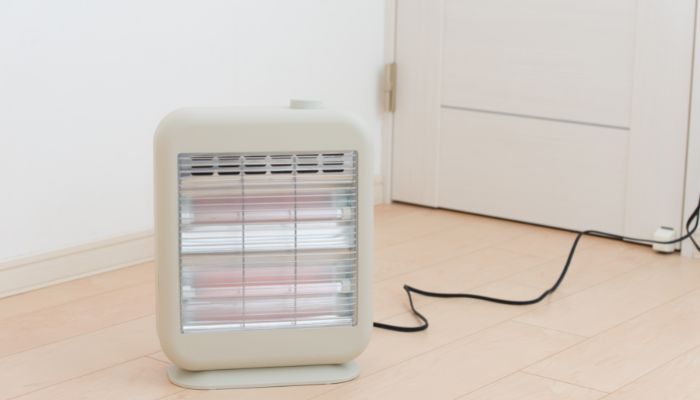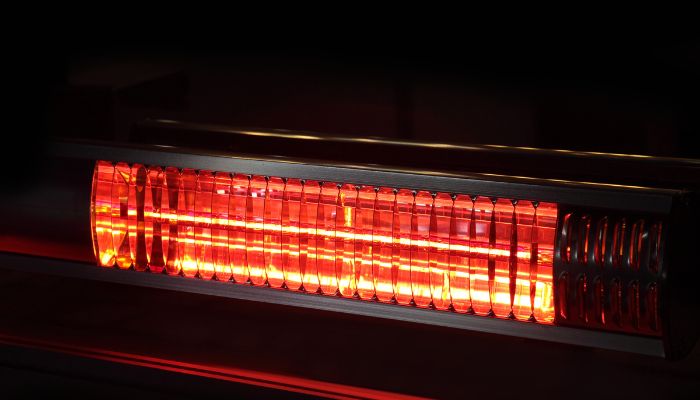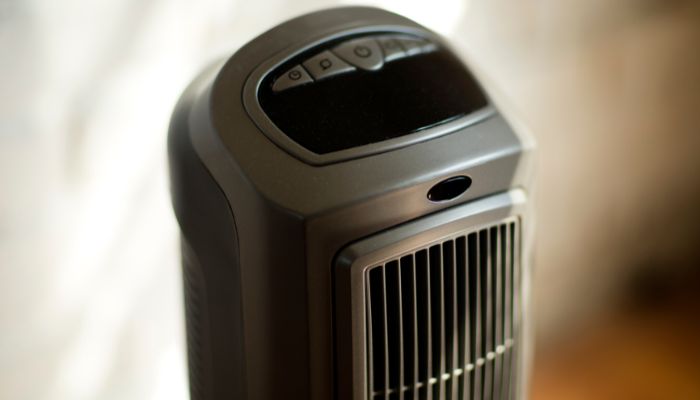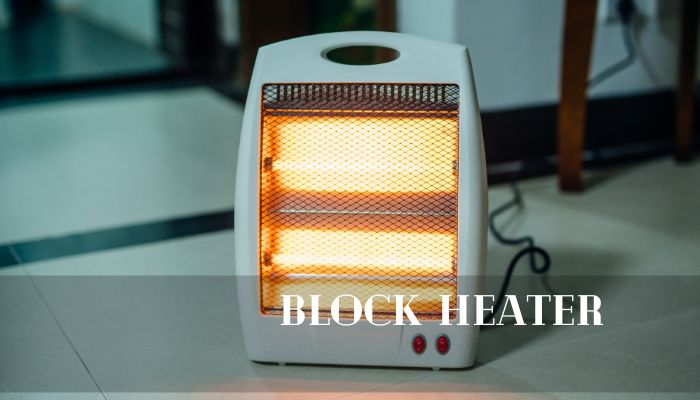Best Block Heater: How Much Power Does a Block Heater Use
Do you own a car that requires a block heater to start in cold weather? If so, you may be wondering how much power your block heater is using and if there are ways to reduce energy consumption. In this blog article, we will explore the average power usage of a block heater, uncover hidden costs associated with operating one and provide tips for optimizing its performance. By the end of this article, you’ll have all the information needed to make an informed decision about whether or not investing in an efficient block heater is worth it for your vehicle.
Block heaters are a great way to keep your engine warm during cold weather, but how much power do they actually use? This is an important question to ask when considering whether or not to install a block heater in your vehicle.
The amount of electricity used by a block heater depends on the wattage rating of the unit and how long it is left running. Generally speaking, most block heaters range from 150-400 watts and will draw between 1.2-3 amps at 120 volts AC (alternating current). To put this into perspective, an average 100-watt light bulb uses about 0.83 amps at 120 volts AC – so you can see that even the smallest block heater will use more power than a standard light bulb!
When calculating how much energy your particular block heater uses, you should also factor in other variables such as the temperature outside and the length of time it’s left running for preheating purposes – these can have quite an impact on overall energy consumption. For example, if you leave your car plugged in for 8 hours overnight with temperatures below freezing then it could consume up to 12 kWh over that period!
On average though, most people find that their cars require around 2-4 kWh per day when using a standard 400-watt rated unit; this equates roughly to $0.20-$0.
How to Reduce Your Block Heater’s Energy Consumption

Block heaters are a great way to keep your engine warm during cold winter months. However, they can also be energy-intensive and costly if not used properly. To reduce the amount of energy consumed by your block heater, there are several steps you can take:
1. Use an Insulated Cover – An insulated cover helps to keep the heat in and reduces the amount of electricity needed to maintain a comfortable temperature for your engine. This is especially important when temperatures drop below freezing as it will help prevent ice from forming on or around the block heater itself.
2. Install a Timer – Installing a timer on your block heater will allow you to set specific times for it to turn on and off automatically so that it isn’t running unnecessarily throughout the day or night while no one is using it.
3. Reduce Your Engine’s Idle Time – Reducing how long you leave your vehicle idling with its engine running will also help reduce energy consumption from your block heater since most vehicles only require about 10 minutes of idle time before they reach their optimal operating temperature anyway!
What is the Average Power Usage of a Block Heater?
A block heater is a device that helps to warm up the engine of an automobile in cold weather. It does this by circulating heated coolant through the engine block, allowing it to reach its optimal operating temperature faster than if left alone in cold temperatures. But how much power does a typical block heater use?
The average power usage of a block heater varies depending on the size and type of vehicle, but generally speaking, they consume between 400-800 watts per hour when plugged into an electrical outlet. This means that running your car’s block heater for one hour will cost you around 4-8 cents (depending on your electricity rate).
For those who live in areas with extreme winter weather conditions, using a block heater can be essential for starting their cars without any issues or delays due to frozen engines. The good news is that these devices are relatively inexpensive and easy to install – all you need is an electrical outlet nearby!
Overall, while there may be some initial costs associated with purchasing and installing a new unit, having one installed could save you time and money down the road by ensuring your vehicle starts reliably even in subzero temperatures.

Uncovering the Hidden Costs of Operating a Block Heater
Uncovering the hidden costs of operating a block heater can be a daunting task. Many people are unaware of the financial implications that come with using this type of heating system, as they assume it is an inexpensive way to keep their home warm during cold winter months. However, there are several factors to consider when determining the true cost of running a block heater.
The first factor is energy consumption. Block heaters require electricity in order to operate and this can add up quickly depending on how often you use it and for how long each time. Additionally, some models may require more energy than others due to their size or design features which could further increase your monthly bills if not taken into account properly before purchase.
Another factor is maintenance costs associated with keeping your block heater in good working condition throughout its lifespan; these include regular cleaning and inspection services as well as any necessary repairs or replacements that may arise over time due to wear-and-tear from usage or environmental conditions such as extreme temperatures outside which could cause damage internally within the unit itself.
Finally, there are also potential safety risks involved when using a block heater; improper installation or lack thereof can lead to dangerous situations such as fires caused by short circuits so it’s important that all precautions are taken before plugging one in for use at home (or anywhere else).
Is it Worth Investing in an Efficient Block Heater?
Investing in an efficient block heater can be a great way to save money on energy costs and reduce your environmental footprint. Block heaters are designed to keep the engine of your car warm during cold weather, allowing it to start more quickly and easily. This means that you don’t have to waste time or fuel idling your engine while waiting for it to warm up, which can save you both time and money.
In addition, block heaters use much less energy than traditional methods of heating engines such as idling or using a space heater in the garage. This makes them more environmentally friendly since they require fewer resources for operation. Furthermore, because they are designed specifically for automotive applications, they tend to last longer than other types of heating devices due to their robust construction and the materials used in their manufacture.
Finally, investing in an efficient block heater is also beneficial from a safety perspective as well; keeping your engine at its optimal temperature range during cold weather conditions helps prevent damage caused by extreme temperatures or condensation build-up inside the engine compartment which could lead to costly repairs down the line if left unchecked.
Tips for Optimizing Your Block Heater’s Performance

If you live in a cold climate, having a block heater is essential for keeping your engine warm and running smoothly during the winter months. But if you want to maximize its performance, there are some tips and tricks that can help. Here are five ways to optimize your block heater’s performance:
1. Make sure it’s installed correctly – Block heaters need to be properly installed in order for them to work effectively. If it isn’t done right, the heat won’t reach all of the necessary parts of your engine and could cause damage over time. Have an experienced mechanic install yours so that you know it will be done correctly from the start!
2. Keep it clean – Dirt and debris can build up on or around your block heater over time which reduces its efficiency significantly. Be sure to keep yours clean by wiping down any exposed surfaces regularly with a damp cloth or brush attachment on a vacuum cleaner every few weeks or so depending on how often you use it throughout the year.
3. Use an extension cord – Having an extension cord allows more flexibility when positioning your block heater where needed most while also ensuring proper ventilation around the unit itself as well as reducing strain on electrical outlets due to heavy usage during colder months when they’re being used more frequently than usual.
4. Monitor temperatures – It’s important not only to monitor how much energy is being used but also what temperature levels are being reached inside of your engine as this will determine whether or not additional heating is required at certain times throughout winter season (i .e., before starting car).


